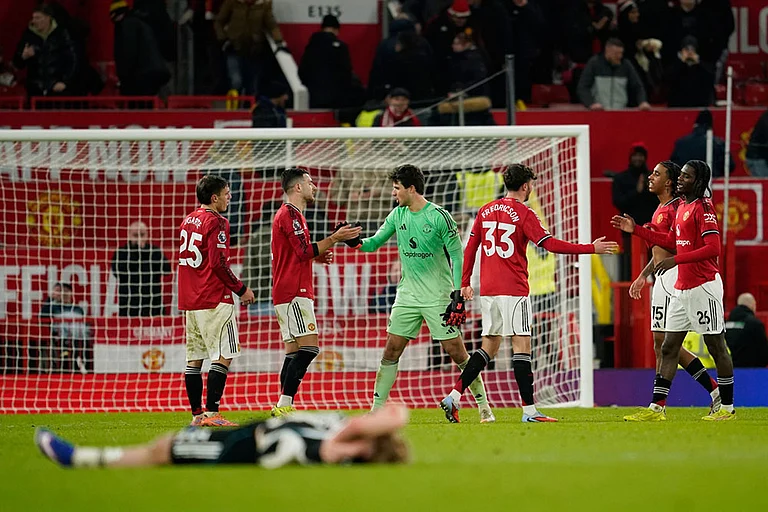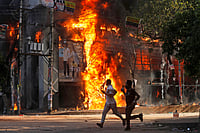‘La Whore’ is a characteristic that gave this city its vitality, its ability to overcome whatever the circumstances and above all to resurrect itself. It may have also infused in its inhabitants an unusual obsession to seek solace and rejuvenation in its red light district. In fact, no eulogy of Lahore is considered complete without Hira Mandi, its glorified brothel zone. This book is no exception. Incidentally, Hira Mandi is named not after a diamond market as it is popularly assumed but after Raja Hira Singh, a favourite of Ranjit Singh, who had built his haveli in this locality.
The main aim of this book seems to be to quench the insatiable thirst of its inhabitants to know everything about this city, especially those who like me were surgically plucked away from it in 1947.
One cannot help noticing that the city itself has suffered no less from this plucking. What else could explain the plight of Rana Mama who had chosen to stay back and convert to Islam? The story is a true one though it might have been less hurtful had it been a piece of fiction, giving us some benefit of doubt. Rana’s niece Urvashi Butalia tells her uncle’s story without mercy. How could this great city show such intolerance, such a loss of the stamina that helped it adjust through centuries of devastation?

The inheritance bequeathed by Partition to the city seems not to have been lost on most of those who remained or those who lost their roots like the Pakistani diaspora. No other writer on either side came out with such a scathing piece like that genius Saadat Hasan Manto. No wonder the author of Toba Tek Singh was put inside a lunatic asylum, the drowning of his sorrow in the bottle diagnosed as mental imbalance. Whether those who put him in the asylum had themselves lost their balance is a question that is not answered by any of the contributors from either side of the border nor by its editor. Geography and nostalgia cannot fill the vacuum. A city is what its inhabitants are.
But being indebted to that whore for much that is good and creative in me, I would hate to end this review on a dismal note. There is Faiz Ahmad Faiz sitting inside a Lahore prison while writing adoringly about his beloved city:
"The greenery is drying in a pallid afternoon;
Parched walls are wet hued with a lonely poison.
Far to the heart’s horizon shrinks, rises, falls again
The fog of an undimmed grief, a heavy tide;
And yet behind this fog rises the City of Lights.
—O, City of Lights—
Who can tell how to attain your illuminated paths?
Here in broken light in nights of separation,
Listless you see sitting the soldiers of desire."
There are writers like Minoo Bhandara who try to make us believe, "It is not all gloom, doom and despondency.... You can still picnic by moonlight at Prince Kamran’s Baradari on the banks of Ravi.... Some things do remain the same."
Or there is Krishen Khanna, the painter who "found it hard to reconcile these bloody events (1947) with the nature of our lives in pre-partition Lahore. It was a city with a fairly evenly balanced population of Hindus and Muslims, and had developed an amalgamated culture" and yet on returning to Lahore in 1988, four decades later: "It pleased me no end to find that something of the spirit of Lahore I had known was still alive". His encounter with his childhood friend-turned-Governor of Punjab who gave him an award is poignant.
Let me also recommend the enchanting story of Noor Jehan, the melody queen who straddles through the immensely readable pages of this book. My own life span runs parallel to this bewitching diva and well-informed though I am about most of the episodes in her life, I could not help being amazed at her candour, a "la whore".


























